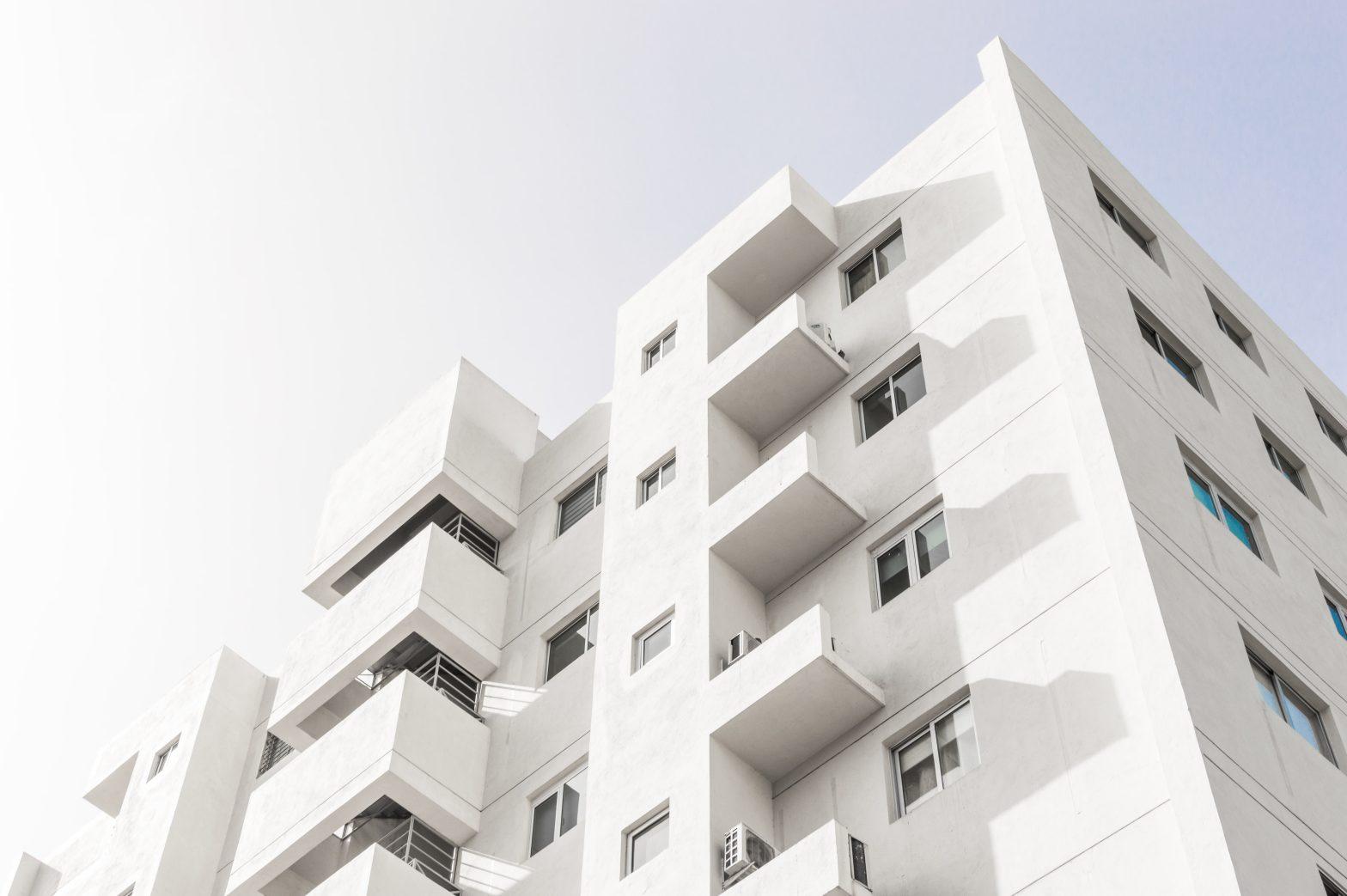The ongoing circumstances of the COVID-19 pandemic have mostly been unfavorable to the hotel industry. Unceasing travel restrictions and lockdowns severely affected hotel occupancy rates, forcing the owners to eventually abandon the hotel buildings. However, real estate investors are seeking opportunities in the distressed hospitality landscape with their conversion to affordable housing units. On August 13, 2021, the Governor Cuomo of New York City signed The Housing Our Neighbours With Dignity Act. This aims to enforce the state to finance the acquisition of distressed hotel properties and convert them into affordable housing. As a result, hotel conversions to affordable housing and their adaptive reuse is emerging as a real estate investing reality.
In this blog, we will focus on the strategic investments in post-COVID hotel conversions to multifamily properties for increased profits.
Converting hotels into affordable housing: the potential
Hotel rooms or suites are basically studio apartments that contain all the living accommodations people need in their homes.
Right hotel models could undergo faster conversions. This is because they already contain kitchenettes, extra rooms with seating areas, wide hallways, tall ceilings, and private bedrooms.
However, a typical hotel room that is 330 sq. ft in size is compact without kitchen areas. Therefore, in such cases, combining two bedrooms into a single spacious bedroom unit seem practical. Besides, the relocation of bathrooms also works best.
Furthermore, developers can also creatively convert amenities spaces like bowling alleys and ballrooms into gyms, parking spaces, and other recreation centers. As a result, investors can add value to these buildings and generate additional income.
The development of dog parks and swimming pools inside these multi-unit permanent housing will help in attracting quality renters. Moreover, hotels are also being converted into assisted living units for senior residents. For this purpose, large rooms and attached accommodations for nurses are a must.
Hotel conversions aim to address the affordable housing crisis
Gov. Andrew Cuomo’s 2022 budget includes a revised draft bill. It provides a two-year duration to convert economically struggling hotels and office properties into affordable housing multi-units. Hotels with less than 150 rooms located below Chamber St., above 100th St., and outside Manhattan would be eligible for conversion.
The Housing Our Neighbours with Dignity Act and Senate bill S5257A authorize the state to purchase such vacant properties. These legislations further advance the Biden administration’s goal of eliminating zoning rules and creating more affordable housing for low-income individuals and homeless people.
This Act would dedicate half of its converted properties to the homeless. Similarly, the other half would be set aside for workforce housing. This focuses on families that have less than 80% of an area’s median income.
Therefore, the rehabilitation of multiple low-income housing units aims to solve the housing crisis which saw an alarming rise in the US during the peak coronavirus pandemic.
Police officers, firefighters, teachers, nurses, construction workers, and many others were among the most affected demographic in the pandemic-induced unemployment and evictions.
Nevertheless, through such hotel conversions into small multifamily housing, these individuals can find affordable homes in prime locations.
The state and federal governments have respectively proposed $100 million and $5 billion for conversion projects. Congress has also proposed $12.6 billion in direct aid to the state and $6 billion to the cities. Hence, such federal aid can boost remodeling projects and attract investors and developers to participate.
Cities are witnessing the most number of hotel conversions to affordable housing
The lack of affordable housing continues to be the #1 crisis in an average American household. The households having low or no income faced evictions during the pandemic as they failed to pay their rent or mortgage and utility bills.
So, in cities like North Carolina, Minnesota, Idaho, California, and Virginia, hotel conversions to affordable housing are likely to see massive demand.
A timely opportunity for real estate investors and developers
Such conversion projects prove to be lucrative investment opportunities that generate long-term rental yields. Real estate investors can undertake such conversions with minimal investment amounts compared to purchasing newer properties or ground-up development.
For instance, building a new multifamily building in major urban centers like San Francisco, New York, Houston, Seattle, and Chicago costs $150,000 and $200,000 per unit. Besides the construction of workforce housing and affordable rental projects are prohibited in such areas due to high-priced land and zoning restrictions.
However, the cost of conversion ranges anywhere between $60,000 and $70,000 per unit. Moreover, smart investors are buying these properties at base bargaining prices. As a result, lower investments in conversion projects enable the tenants to pay lower than market-rate rents for affordable housing units.
In today’s low-interest-rate market investors are looking for higher returns in the real estate business. So, hotel conversion to affordable housing guarantees solid risk-adjusted returns. Investors are also converting vacant hotels located in prime areas with convenient access to and from major markets and transportation lines. Furthermore, they are remodeling these hotels into single-bedroom units or studio apartments while offering adequate amenities.
Investment opportunities in distress
Hotel conversions to affordable housing are the most appealing investment projects in the present scenario. While COVID-19 has created uncertainty in the economy, vacant real estate serves as the golden ticket to the housing crisis. They are cheaper and are located in prime urban cores- a quality that puts renters right where they need to be. Therefore, smart retail and institutional investors in real estate are taking advantage of these ‘distressed’ opportunities for stronger returns and value-added remodeling.

